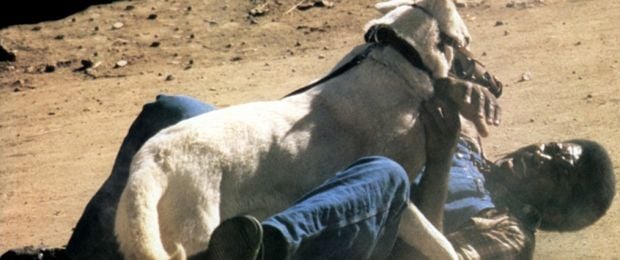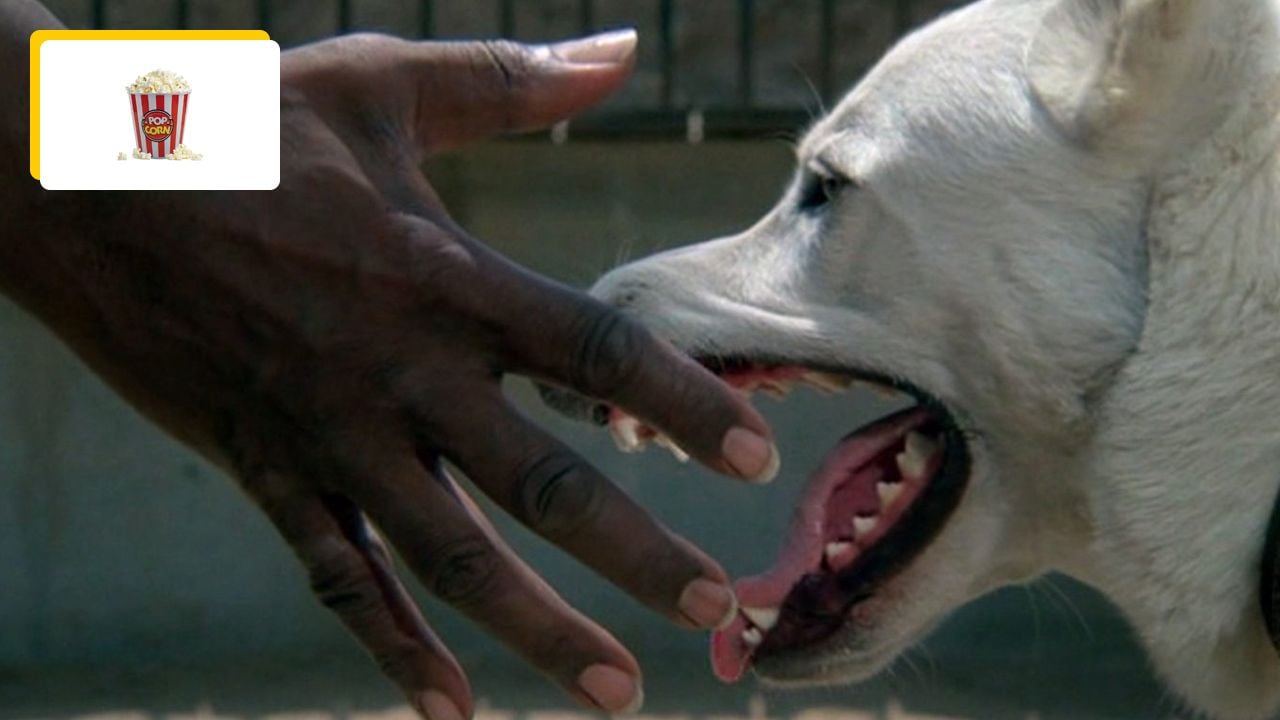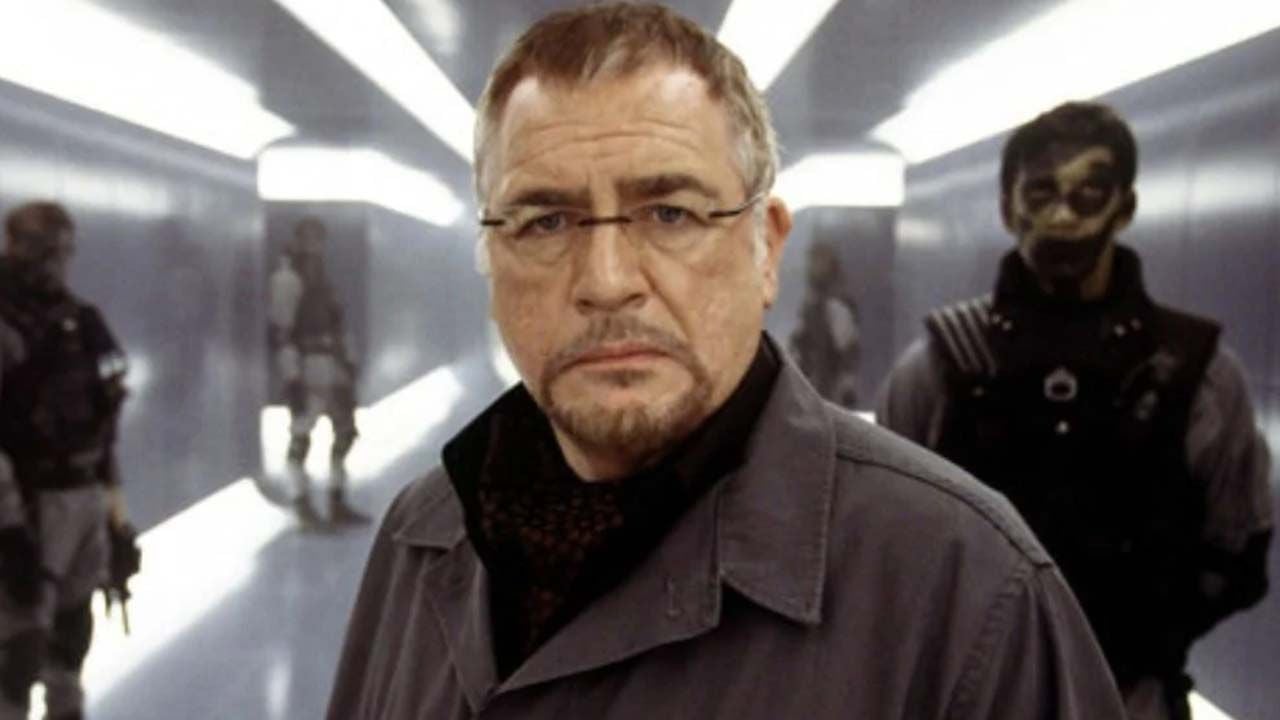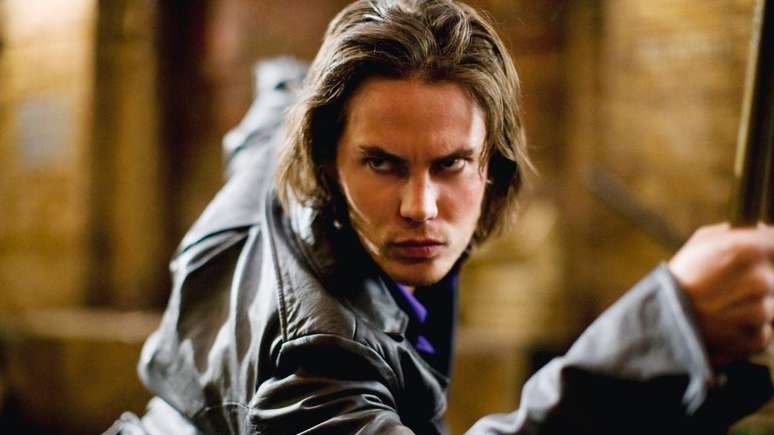A filmmaker of violence and, above all, anger, Samuel Fuller left an indelible mark on American cinema. I Lived in Korean Hell, Drug Port, Judgment of the Arrows, Forty Assassins, Marauder Attack, Extraordinary Shock Corridor, Special Police to name just a few films… all major works signed in the 1950s and 1960s. .
However, his career slowed considerably from the 1960s. Always at odds with Hollywood studios, whom he resented for their demanding control and temper, Samuel Fuller amassed projects that had been abandoned for lack of producers. An outcast in his country, he even acted as a supporting character under the direction of young directors who admired him, including Jean-Luc Godard (Pierrot le Fou), Dennis Hopper (the last film) and Steven Spielberg (1941).
In 1980, his remarkable war film Beyond Glory, which was in official competition at the Cannes Film Festival and was largely informed by his own experiences during World War II, was a commercial failure. Two years later, Fuller signed on for his last American film before moving to France, where he would end his days: Trained to Kill.
Jaws on legs
Adapted from Romain Garry’s novel dated 1970 and titled white dogThe plot is based on the experience of the author. While living in Hollywood with her husband, writer Romain Garry, actress Jean Seberg, who was involved in the civil rights struggle, brought home a white dog she found on the street. If at first glance the animal seemed docile, over time it became aggressive towards blacks. Therefore, the couple began to rehabilitate the dog.
“Gary wrote a metaphorical story about himself and his wife, the black problem in the US, the Black Panthers, Edgar G. Hoover… The book was his life, his moods, his problems, his cries, his worries. It doesn’t concern me. Fuller confided. However, who was very receptive to the issue of racism and segregation.
Produced by Paramount and in development for several years in the 70s, the project was put on hold until it was reactivated after the writer’s suicide in December 1980. The studio then toyed with the idea, handing over the controls to Tony Scott, who is rumored to be able to make one jaws with paws; Sea tooth on the legs…
Samuel Fuller will eventually inherit the project, but everything will be done with absolute urgency. He will have just three weeks to rewrite the script with still-newbie Curtis Hanson, the upcoming director of LA Confidential. Why such a rush? The screenwriters’ strike was actually supposed to begin in April 1981. Fuller will only have 42 days to shoot, not one. An ultra-tight deadline, as another strike, this time by directors, is looming…
Harmful rumours
The release of Prepared Murder was an ordeal for Fuller. Despite its anti-racist message, the film was strongly criticized by civil rights groups and movements such as the NAACP (National Association for the Advancement of Colored People). The latter was also invited to the filming in order to prepare and, possibly, correct it “Potentially racist aspects of the film”At the initiative of Paramount, it was already concerned about the reception of a film on such a topical subject.
Fuller wasn’t even told about it. When he found out about it, he was understandably devastated. “I was stunned. Why didn’t a prestigious organization like the NAACP do some research and background checks on me before sending someone to spy on my work?”

Between the malicious rumors about the film’s alleged racism, when it is the exact opposite, and the heated controversy, the film becomes, in the studio’s eyes, radioactive. who decided to completely cancel its release in the US, then scheduled for June 1982. It was finally released on only five screens in Denver in November of that year. And again, only for a week. This shows Shelly’s violence towards the filmmaker.
“Paramount used me as a scapegoat”
Five years later, Fuller explains that the studio sacrificed his film out of fear that the Ku Klux Klan would create an uproar over the film, especially in the southern states. “Having destroyed Road to Fame and undermined my resolve to continue making films in Hollywood, the Trained to Kill lockout completely destroyed it. Paramount used me as a scapegoat to make amends for his determination and courage.
An edited version of the film, scheduled to air on NBC in 1984, was also canceled. This suggests that fate has taken its toll on him. In fact, it wasn’t until 2008 that Dressed to Kill was truly discovered in the United States, thanks to a DVD release by prestigious publisher Criterion.
Powerfully staged and set to Ennio Morricone’s sublime score, Dressed to Kill is an absolutely thrilling film, an emotional rollercoaster that will split rocks in two. A testament film of a tremendous filmmaker. If you’ve never seen this wonder, whose charge and purpose are totally relevant today, you know what to do.
Source: Allocine
Rose James is a Gossipify movie and series reviewer known for her in-depth analysis and unique perspective on the latest releases. With a background in film studies, she provides engaging and informative reviews, and keeps readers up to date with industry trends and emerging talents.






